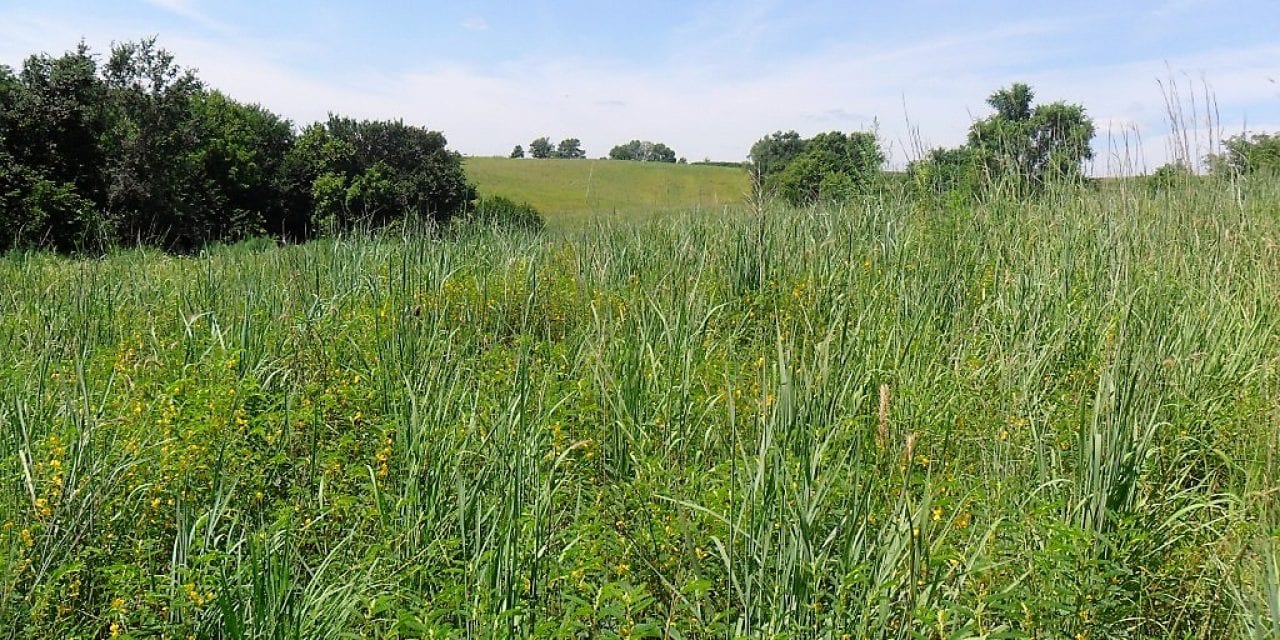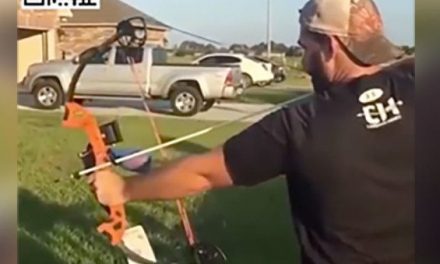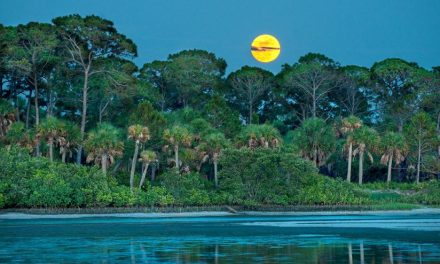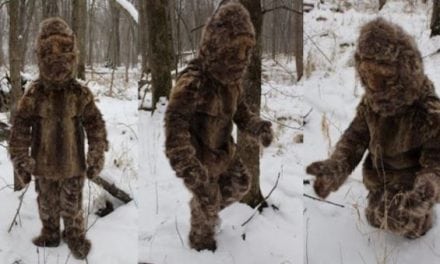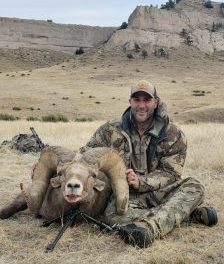C-R-P, grassland conservation and early successional habitat. When those letters and words are brought up in a conversation, chances are the ring-necked pheasant will be mentioned in a sentence or two.
Yes, CRP, grassland conservation and early successional habitat and pheasants all go together, but they also go with a lot of other wildlife.
You see, our family farm is enrolled in the Unites States Department of Agriculture’s (USDA’s) Conservation Reserve Program or what is referred to as the CRP. So, I know about all of this, first-hand.
Let me break it down for you.
Conservation Reserve Program (CRP)
First, exactly what is the CRP? Simply put, in the Conservation Reserve Program is a voluntary one where a producer (farmer) receives an annual rental payment and cost-share assistance to establish certain types of vegetative cover on eligible environmentally sensitive or highly erodible farmland for a period of 10 to 15 years. The federal Farm Service Agency (FSA) administers it.
The purpose of the program is to reduce soil erosion, improve water quality, and provide wildlife habitat through high quality plantings of native habitat. Initially, the program was also established to reduce price-depressing commodity surpluses.
Examining it further, the CRP is really an extraordinary thing. It is legendary. The CRP, which was renewed recently with some changes in the new Farm Bill, supports many native plants, animals and ecosystems.
“Conservation Partners in Nebraska such as the USDA, Pheasants and Quail Forever, and the Game and Parks Commission work together to make every CRP acre the best that it can be for a wide variety of wildlife,” said Eric Zach, Agricultural Program Manager for the Commission.
The Conservation Reserve Program has been and continues to be the largest single private lands habitat program in our country. In Nebraska alone, some 916,000 acres of grasslands, wetlands and other habitat are currently conserved in contracts on privately-owned farms and ranches. Some 22-23 million acres are in the program nationwide.
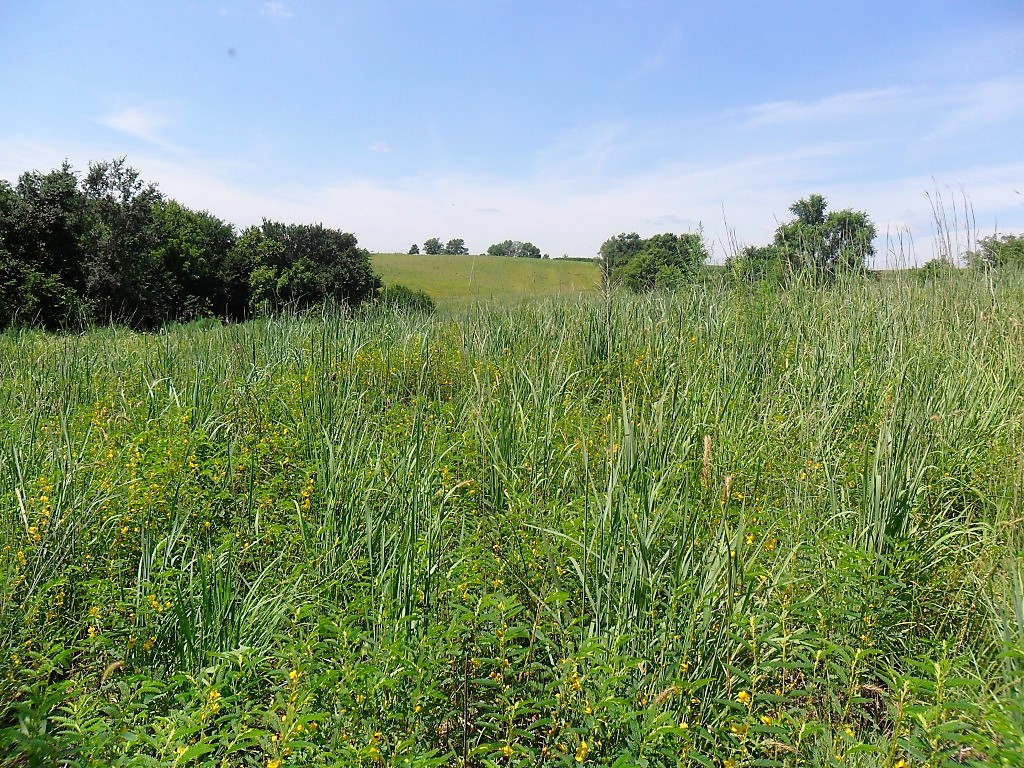
CRP, Grassland Benefits
But, let’s focus on the CRP and grassland benefits to wildlife because they are huge!
The restoration of wildlife habitat, and primarily grasslands, in the Conservation Reserve Program is at a scale unmatched by any state, federal, or private wildlife conservation program. The CRP is the most successful wildlife conservation program in our history. It not only benefits pheasants but deer, rabbits, waterfowl, quail, turkeys, grouse and nongame wildlife species such as grassland birds. Nongame grassland birds? That’s right! This federal conservation program provides vital linkages between large blocks of native prairie essential for populations of nongame grassland birds such as Baird’s sparrows and bobolinks. Various songbirds have been documented nesting in CRP acres as well. The dominant species were grasshopper sparrow, Cassin’s sparrow, red-winged blackbird and western meadowlark.
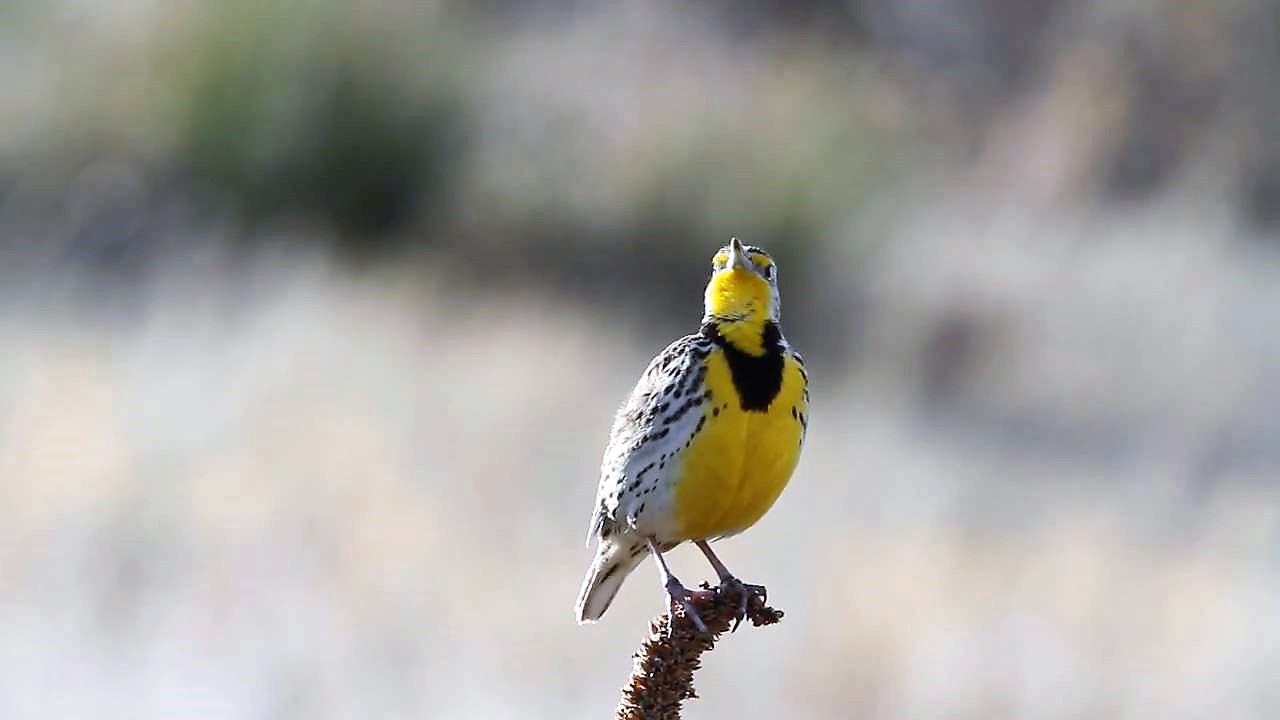
Grasslands are Attractive to Deer and Deer Hunters
Now, if you are a deer hunter, you should be among the biggest fans of the Conservation Reserve Program or any grassland conservation work on private or public lands for that matter.
Why? Aren’t deer mostly associated with woods and crops? No, not necessarily.
Allow me to explain.
Deer are often considered a forest species; however, Nebraska’s deer species (white-tailed and mule deer) do best in landscapes with a mix of habitat. Any landowner, hunter or wildlife manager knows that habitat diversity is paramount to deer management success.
The best way to ensure deer will stay in an area is to furnish sufficient cover – places where deer feel safe and secure. That equates to grasslands.
Grassland tracts are extremely appealing to deer year-round. Deer like to utilize the early successional vegetation and native warm-season grasses (switchgrass, little bluestem, indiangrass) legumes (alfalfa) and forbs (wildflowers) of CRP, and other properly managed grasslands, throughout the year.
Early successional cover and grasslands are crucial for deer. These habitats offer critical areas for fawning, bedding, escape cover, food and travel.
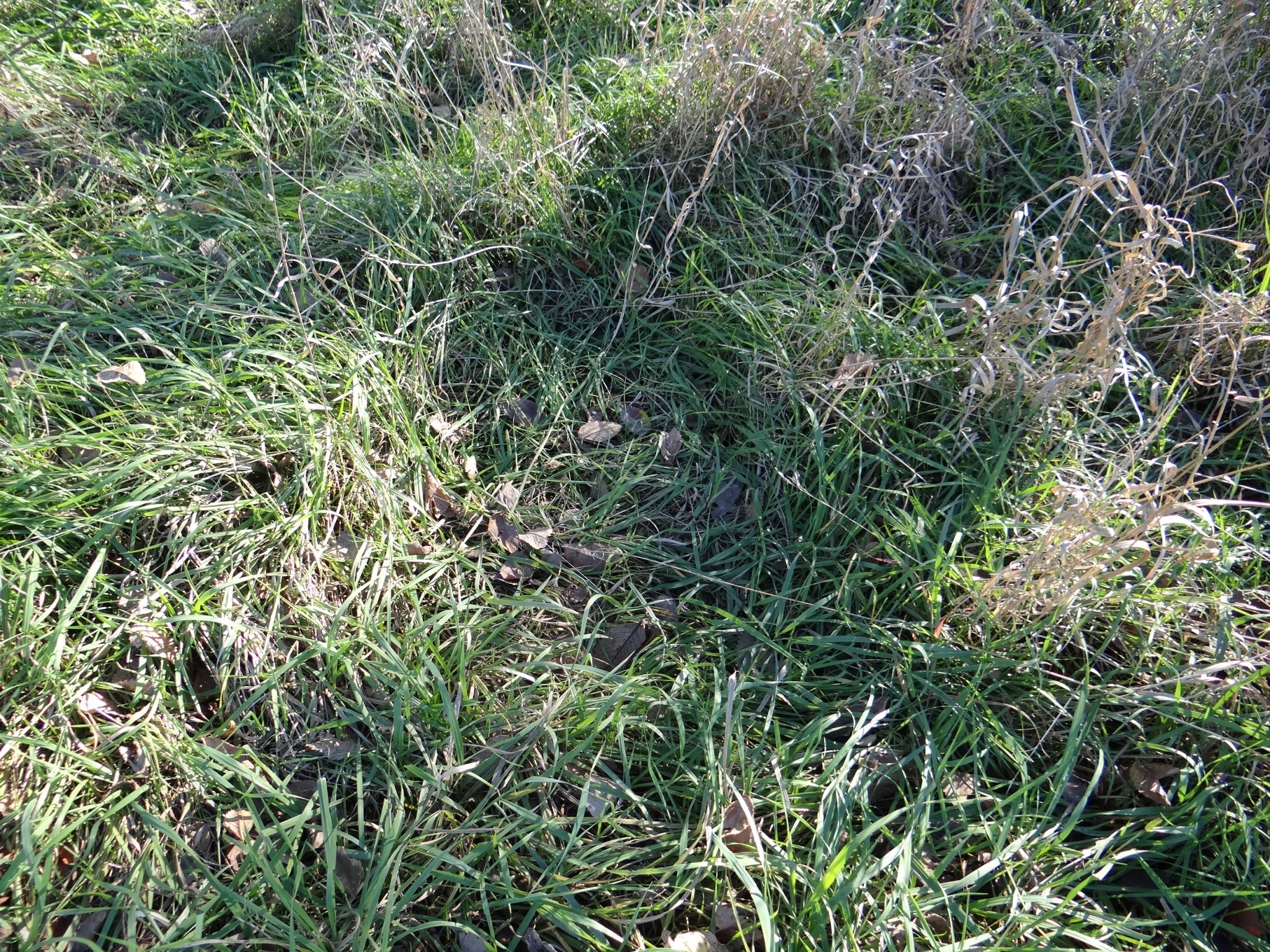
Those tall stands and expanses of native grass provide excellent spring and summer fawning cover. The lofty, somewhat dense cover of grassy areas helps prevent a predatory animal like a coyote from finding and killing fawns. When deer seek seclusion to rest (bed) or use the wind to their advantage, or an avenue out of a potentially dangerous situation, grassland habitat is definitely used.
Also, the grasses, legumes and forbs of early successional habitat and grasslands supply excellent food sources for deer containing nutrients for overall health but also antler growth.
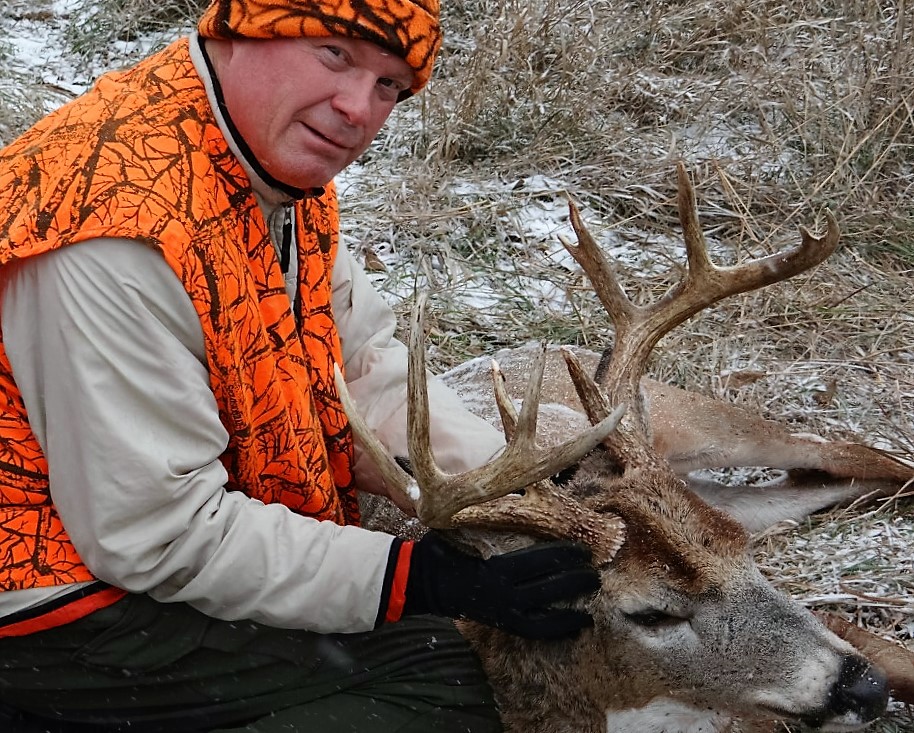
In addition, CRP and effective grassland management practices create outstanding edge habitat, which is needed by both white-tailed and mule deer. The CRP combats the loss of good edge habitat for deer and other animals. The linear edges of CRP tracts are used as travel corridors. These corridors connect larger patches of suitable habitat within a landscape dominated by fields of row crops. Deer are more likely to move through these corridors than across open, harvested crop fields, making them ideal for placement of a hunting stand or blind.
In fact, thousands of acres of CRP are enrolled in the Open Fields and Waters (OFW) walk-in hunting access program. “It’s not just bird hunters using the CRP acres enrolled in OFW, deer hunters take advantage of them as well, and have great success.” Zach said.
I have harvested dozens of white-tailed deer from our Conservation Reserve Program acres.
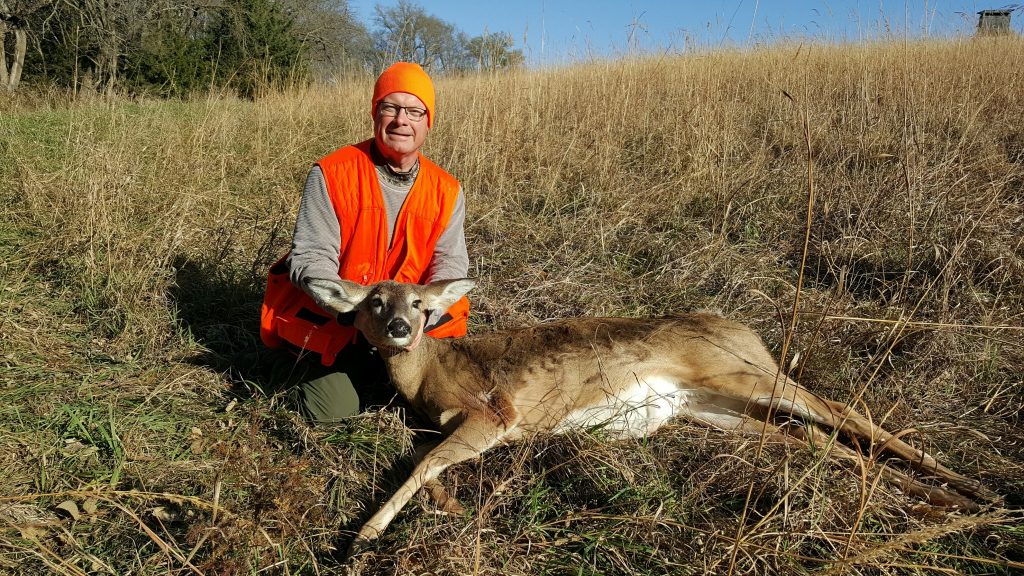
Early Successional Habitat, What’s That?
If you’re wondering, early successional growth refers to the regeneration of plant life after a disturbance, whether natural (e.g. fire, wind, fallen tree) or human-induced (e.g. prescribed fire, managed grazing, light disking and interseeding).
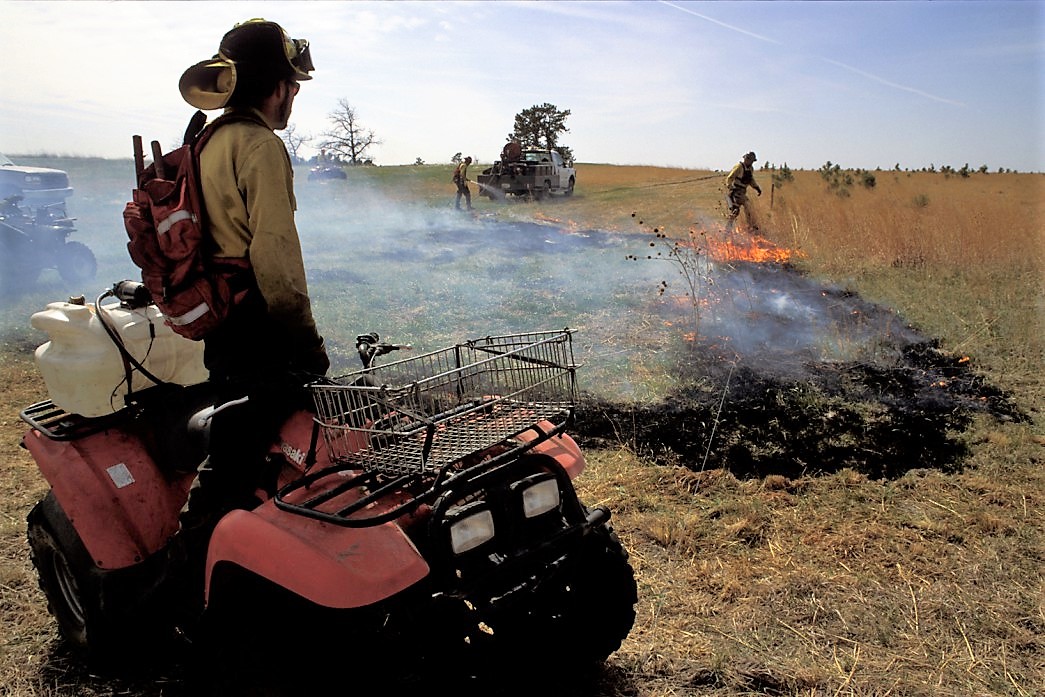
Change begins with this disturbance to the existing plant community, followed by colonization or regrowth.

Early successional habitats typically have an open understory with scattered, vigorously growing plants that create an umbrella-like canopy. For an array of wildlife species, including deer, the widely spaced stems allow easy mobility, while the tops of the plants interlace to provide shade and overhead concealment.
The structure of early successional habitat facilitates easy movement since there is no heavy accumulation of thatch to inhibit passage or hide food. Plant life in the early succession is also very diverse and seed production and dispersion is considerable. These factors add up for wildlife.
Even elk are closely associated with early successional habitats. These young, short-lived vegetation communities are again the result of disturbance. Elk depend on periodic disturbances to perpetuate the food and cover they need for survival.
Many groups of wildlife such as invertebrates, and in particular the monarch butterfly, are dependent on specific hosts/forage plants such as milkweed that are found in early successional plant communities. A large number of the mammal species commonly found in the United States also make use of early successional habitat.
From a natural perspective, grassland ecosystems stand among the most diverse ecosystems that exist. Native grasslands along with early successional vegetation are key habitat components for a range of wildlife resources, not just for the ring-necked pheasant. Other beneficiaries are songbirds and big game animals. Grassland conservation work such as that done in the Conservation Reserve Program has helped improve water quality, prevent soil erosion, and created wildlife habitat, but not just for pheasants. Deer, wild turkeys, monarch butterflies and much more wildlife thrive in the CRP.
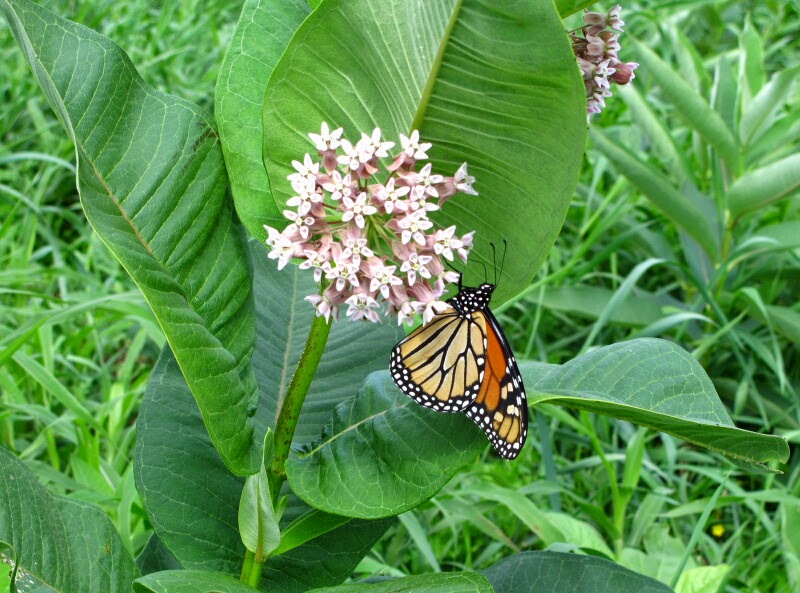
“Land, then, is not merely soil; it is a fountain of energy flowing through a circuit of soils, plants and animals.” – Aldo Leopold, Co-founder, The Wilderness Society.
*NOTE: A great deal of assistance for this blog was provided by Eric Zach, Agricultural Program Manager for the Nebraska Game and Parks Commission based in Lincoln, NE. It was most appreciated!
The post CRP, Grassland Conservation, Early Successional Habitat; Not Just For Pheasants appeared first on NEBRASKALand Magazine.

